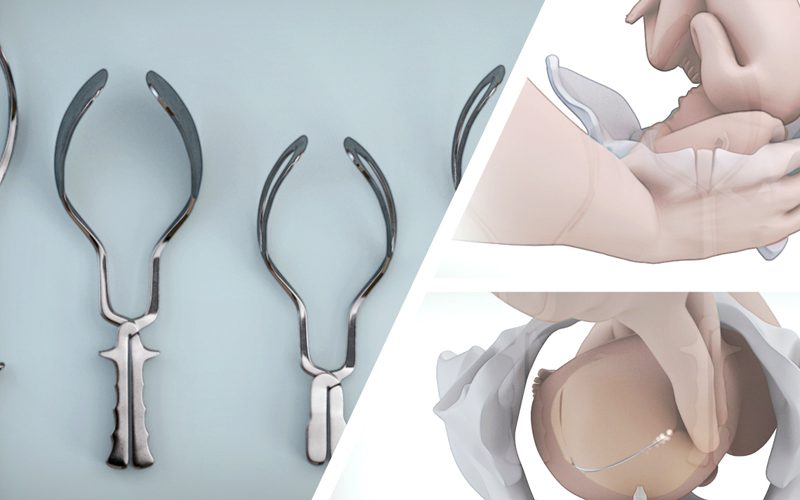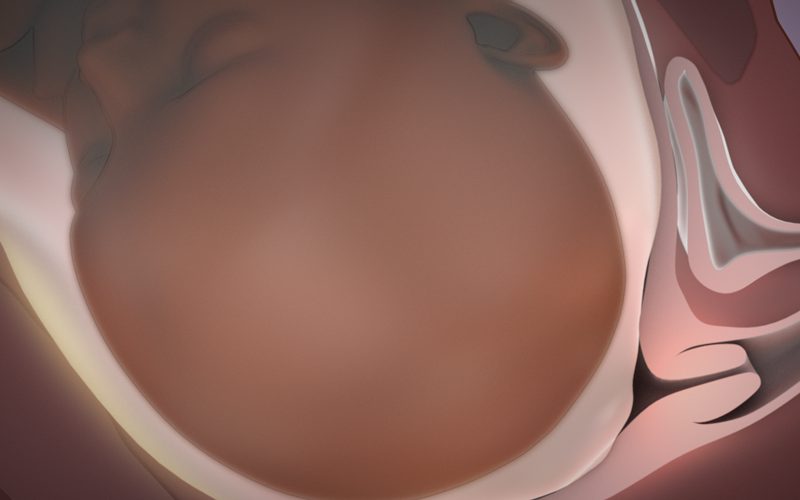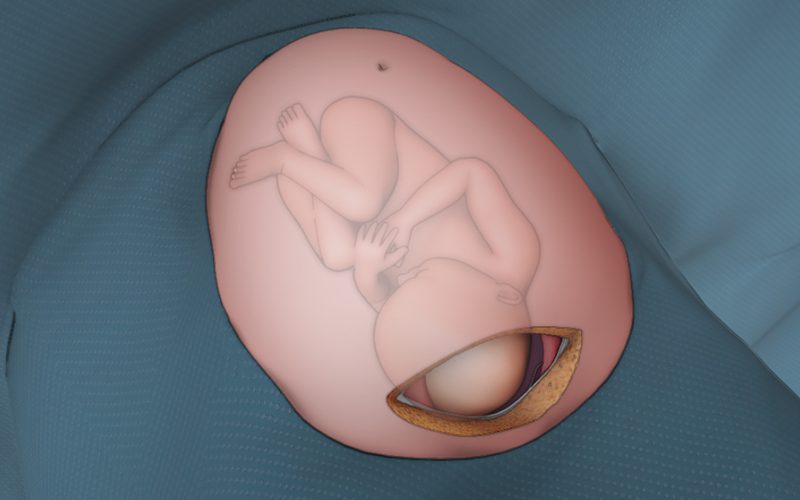Routine Forceps Delivery
with Simpson forceps
00:12 Introduction
01:12 Prerequisites and risks
04:12 Preparation
05:16 Application of Simpson forceps
08:49 Delivery
CASE DESCRIPTION
- Forceps are an instrument commonly used in obstetrics to facilitate safe assisted vaginal birth.
- Forceps offer a safe method of vaginal birth when performed by a skilled operator, under appropriate indications, with unique benefits compared to vacuum birth or cesarean delivery at full dilatation.
- Simpsons, Neville-Barnes, and Tucker-McLean forceps are the most commonly used types. They are recommended when the fetus is in an occiput anterior position. This video will focus on the use of Simpsons forceps.
- Comprehensive abdominal and vaginal examinations must be performed to confirm that the patient meets all criteria to proceed safely.
- If there is concern about fetal status or failure, the delivery should be performed in the operating room where a quick conversion to cesarean section is possible.
- Maternal risks for routine forceps delivery include:
- Episiotomy
- Obstetrical anal sphincter injuries (third or fourth degree tears)
- Vaginal tears or hematoma
- Postpartum hemorrhage
- Urinary tract damage
- Long term-sequelae including pelvic floor dysfunction
- Fetal risks include:
- Facial marks, bruising and or lacerations
- Shoulder dystocia
- Facial nerve palsies (extremely rare)
- Ocular trauma (extremely rare)
- Skull fractures (extremely rare)
- Intracranial hemorrhage (extremely rare)
- In addition to the primary care provider, the following personnel should also be present during routine forceps delivery:
- Nursing or Midwifery
- Anesthesia
- Expert in neonatal resuscitation
- Patient supports
- The procedures should be documented thoroughly, including examination of the newborn, maternal lacerations and estimated blood loss.
- The procedure is completed by debriefing with the patient, support persons and the clinical team, including arranging appropriate follow up as required.



